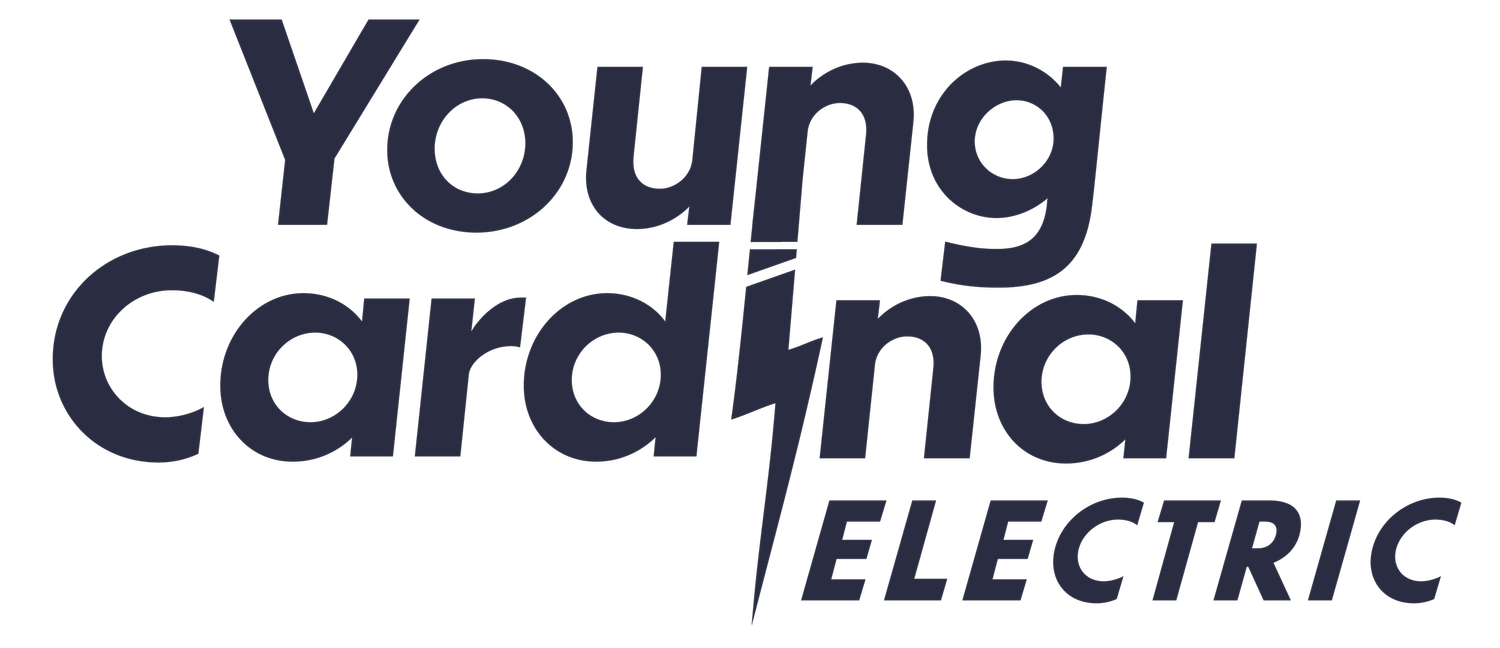Surge & Lightning Arresters: How They Protect Your Home
Lightning strikes can be a beautiful thing to behold, but it can also mean destruction the moment it makes a connection to your home. With technology being front and center for most households, a lightning strike could result in hundreds, if not thousands, of dollars in damages. Thankfully, the implementation of a safety device such as a lightning arrester can save your family and your appliances from a shocking fate.
What is a lightning arrester?
Lightning arresters, more commonly known as surge protectors, are handy devices crafted to keep your electronics safe in the event of a power surge. When lightning strikes a local power line, a surge of energy can travel through the length of the electrical systems in your neighborhood causing severe damages to your home and any appliance plugged in at the time. Seeing as most homes are only equipped for around 220 Volts, when your electrical system encounters the strength of a 300-million volt bolt of lightning, chances are almost everything connected will be ruined.
How do lightning arresters work?
In the event that a powerline encounters a surge (whether a stray lightning bolt from a storm cloud or any other transference of energy), the current can travel swiftly until it is met with an arrestor or other source of surge protection. The arrester works on a bigger scope than a standard single phase protector by providing a low-resistance path for the current to follow, bringing it down to the bonding wire and through the ground, past the ground water, instead of towards your house or other power lines. Once the surge of energy is transferred into the ground, it is no longer a threat to anyone or their homes.
Where is the best placement for lightning arresters?
In order to be effective, the placement of your surge / lightning arrester has to be thought out. The unit cannot be placed anywhere on the line, as it will deliver less than desirable results. Usually, these arresters are placed on powerlines, next to the generator, or where the power lines meet the access point to your home's electrical system. The type of arrester and surge protection needed will inevitably determine where the device is located.
Do you need to have a lightning arrester for your home?
Lightning can occur anywhere, and is unpredictable. Especially in a peninsular state like Florida that sees “285 lightning events per square mile throughout the year, more than any other state”.
Having a lightning arrester installed to protect your household can save you time, money, and quite a bit of headache in the long run. If you’re ever uncertain, or not sure if your home came with a surge arrester pre-installed, you can always reach out to a professional for an inspection and appraisal.
Types of lightning or surge arresters
As previously mentioned, there are a few different types of surge arresters available to protect the safety of your home. Below we have listed the most common arresters that are equipped around homes and businesses.
Secondary arresters
Secondary arresters are typically installed on the low-voltage side of the distribution transformer. They provide an additional layer of protection against surges that may originate from within the system designed to distribute the electrical currents.
Distribution arresters
Placed on both the primary and secondary sides of the transformer, distribution arresters work to protect local power dispersal units at a low level. Compared to intermediate and station class arresters, this method is considered to be the least protective.
Intermediate arresters
For more control within medium voltage power lines, intermediate arresters are trusted to keep small substations and underground lines safe.
Station class arresters
When it comes to large substations and energy sites with strong or frequently occurring surges amongst the equipment, station class arresters are used. These devices provide the highest protective levels, resulting in low discharge and high absorption.
Young Cardinal Electric installs lightning arresters for your home or business
Don’t put your home and personal safety in danger. Invest in your own protection by installing a lightning arrester system and secure peace of mind. Nature may be unpredictable, but you can always be prepared. Young Cardinal Electric has been a trusted electrician provider in the greater Tampa Bay & Wesley Chapel area for years, so call us or visit our website to book your consultation today.

